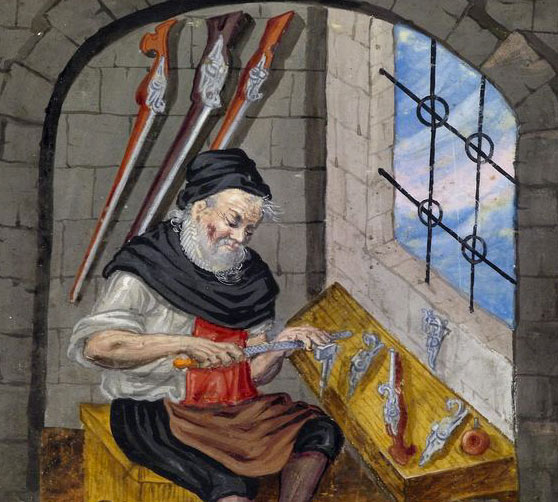This page describes the role of the gunsmith in colonial America.
Remove ad
Related activitiesAdvertisement Remove ad
Upgrade to MrNussbaum Premium to access our entire library of incredible educational resources and teacher tools in an ad-free environment.
|


